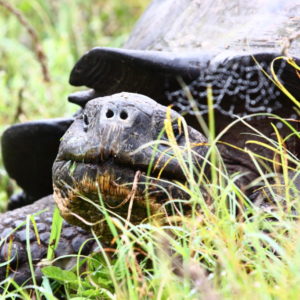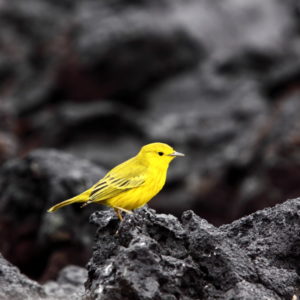Video courtesy of visit Ecuador and its Galapagos Islands tourism
This small Andean country hosts a wonderful array of exciting destinations. Situated in the heart of the Andes, the capital city Quito is the perfect starting point for any itinerary in this diverse country. From Quito, there are easy day trips to explore the haciendas and Andean market towns of Otavalo and Cotacachi to the north, or the dramatic volcanoes such as Cotopaxi and the imposing Chimborazo to the south. Further south still, Cuenca is a World Heritage city renowned for its architecture and for being one of the places where the famous Panama hat is weaved, along with Manabi.
Leaving the Andean landscape behind, the Amazon rainforest displays one of the world’s highest biodiversity rates allowing for, amongst many others, the discovery of giant otters, dolphins and 13 species of monkey. The Amazon rainforest’s interest does not stop at just wildlife, however, with the region presenting immense human interest in the form of the Cofani, Shuar, Secoya and Huaorani tribes to name but a few.
Notwithstanding the natural beauty throughout the country, surely Ecuador’s most famous destination is the Galapagos Islands. Located 1,000 kilometres (620 miles) off the mainland at the meeting point of three major oceanic currents, the archipelago, made up of 13 major islands, six minor islands and 40 islets, is a true natural wonder. Boasting unique wildlife such as land and marine iguanas, giant tortoises, and abundant marine and bird life, the archipelago has the highest rate of endemic species anywhere in the world. Historically the islands have shaped the way in which we now see the natural world with the roots of Darwin’s theory of evolution found here and later published in his ground-breaking book The Origin of Species. First discovered by boat, this continues to be the most effective means of exploring the islands, both on land and under water.
For those looking to combine fascinating history, breath-taking landscapes and extraordinary wildlife in one country, Ecuador is without doubt an informed choice.
Coast (San Lorenzo, Manta, Salinas, Guayaquil):
From January to April, the warm central Pacific current causes a hot, humid season with frequent torrential downpours. Daytime temperatures can average up to 30°C/86°F. From May to December, cool Pacific currents from the south lower the temperature by a few degrees although precipitation also lessens.
Highlands (Otavalo, Quito, Ambato, Cuenca):
The highlands are subject to a dry season from June to September, and again for a short period around Christmas. April is generally the wettest month, although even then the average is only one rainy day in two. In Quito, temperatures average a high of 21°C/70°F and a low of 8°C/38°F all year round.
Rainforest (Lago Agrio, Coca, Tena, Puyo, Macas):
The climate in the ‘Oriente’, the Ecuadorian jungle, is again very much dependent on altitude. However, as a general rule, precipitation is widespread throughout the rainforest all year round, with August and December to March being the driest months and April to June the wettest. Temperatures are high, sometimes as high as on the Pacific coast (up to about 30°C/86°F).
Galapagos Islands:
The climate of the Galapagos archipelago is hot and arid, although sea breezes tend to cool the area. The hottest months are January to March, when the average daytime highs are about 28°C/82°F. These are also the wettest months, although rainfall is minimal even then. May to December are cooler and drier, with average temperatures falling to about 25°C/77°F in September.
Showing all 2 results


